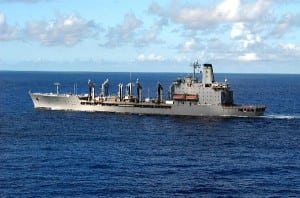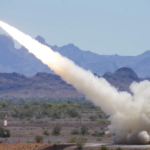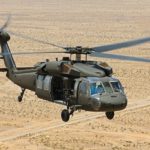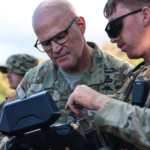
For the Pentagon, the question is not whether programs will have to be delayed if a yearlong continuing resolution is enacted for fiscal year 2016, it’s how many and which ones. The department is already looking at options, Frank Kendall, the Pentagon’s top acquisition executive, said on Tuesday."I've given the deputy secretary a list of major commitments we'd be making in FY 16 with some thoughts on which ones we should defer just because of the uncertainty. I'm not going…













